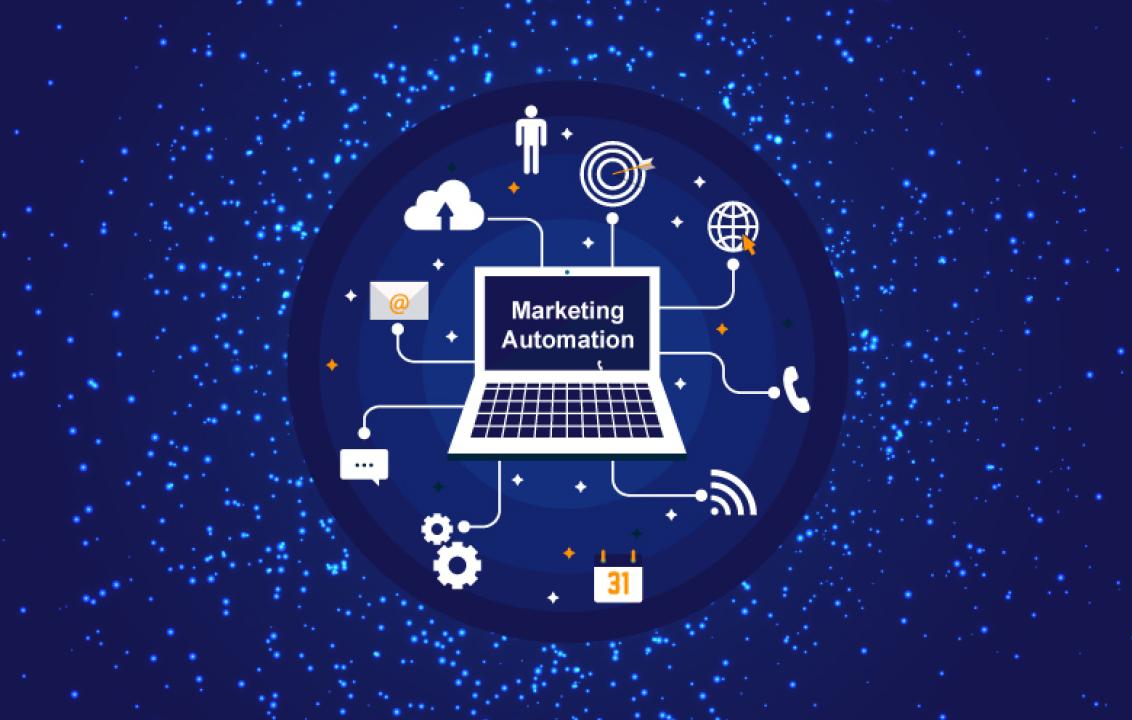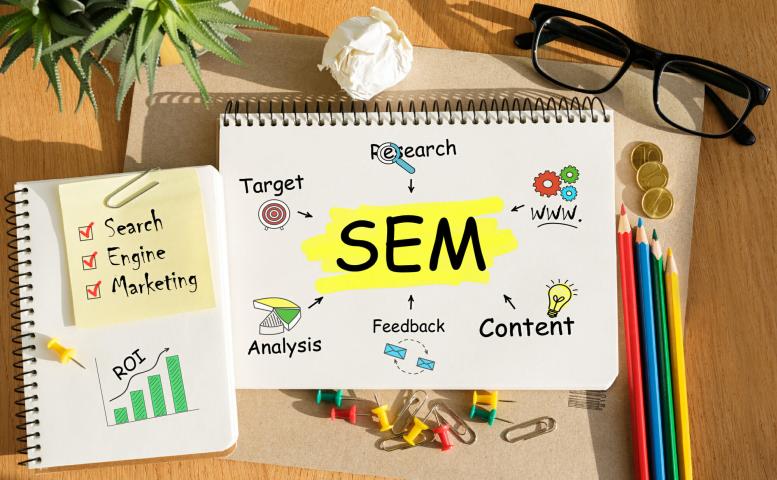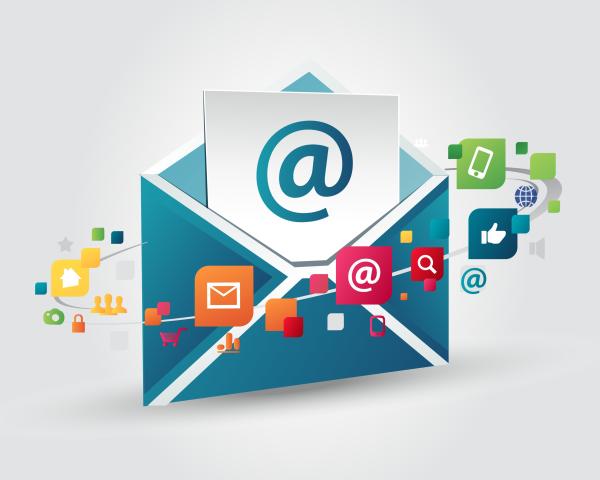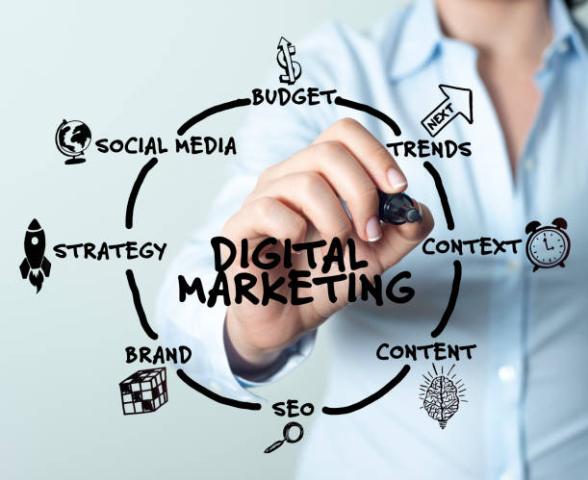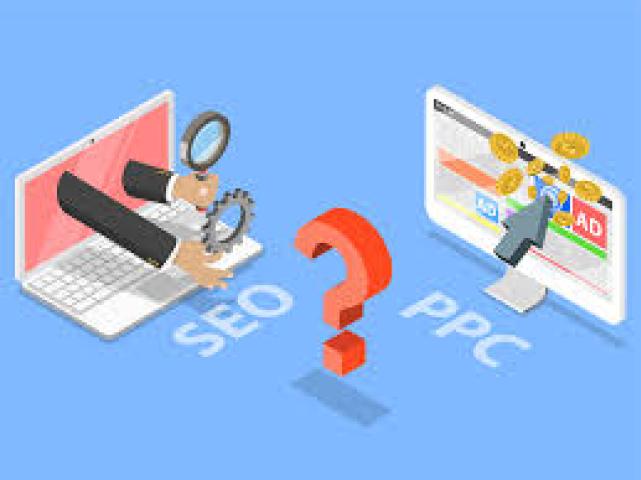Introduction
As a freelance digital marketing strategist in Thrissur, marketing automation has revolutionized the very landscape of customer engagement in a business. It enables marketers to not only focus on strategic pursuits but even reap better results. This guide will drive at considerable length into each and every aspect of marketing automation-from its definition and benefits to best practices and tools.
What is Marketing Automation?
Marketing automation is the use of software tools to automate repetitive marketing tasks such as email marketing, lead nurturing, social media management, or customer segmentation. It involves the gathering, analysis, and application of data pertaining to your customers to personalize a campaign by making it more efficient.
Benefits of Marketing Automation
Improved Efficiency: Automate routine tasks; free time for more strategic activities
Enhanced Lead Nurturing: Deliver personalized content to leads at the right time, increasing conversion rates.
Better Customer Segmentation: Customers can be classified through demographics, behavior, and preference for targeting campaigns.
Enhanced ROI: Track and analyze the return of marketing campaigns to optimize campaigns.
Scalability: Easily adaptable with changes in market situation or increased customers' bases
Key Features of Marketing Automation Systems
Contact Database : customers' information, contact information, preferences, and purchase history are stored and maintained.
Lead Scoring: Assign a lead score according to its level of interaction and potential worth.
Email Marketing: Create, send, and track personalized campaigns.
Marketing Calendar: Outline and schedule marketing activities for consistency.
Analytics and Reporting: Track key metrics, campaign performance, and opportunities for improvement.
Best Practices in Marketing Automation
Define Your Goals: Clearly outline what you want to achieve through marketing automation, such as increasing leads, improving customer satisfaction or boosting sales.
Segment your Audience: You divide your audience into smaller, targeted groups so that you could present them with relevant content.
High Quality Content: You are going to create engaging and valuable content that will connect with the target audience.
Test and Refine: Continuously experiment with various strategies so you can figure out what would work best for the business.
Measure and Analyze: Track major metrics, analyze campaign performance, and make a data-driven decision.
Marketing Automation Tools
There exist so many types of marketing automation tools, each uniquely serving different purposes and having its own set of capabilities. Some of the best-known ones include:
HubSpot: a far more mature marketing automation platform, the one which is also inclusive of the CRM.
Marketo: this is usually tailored for large enterprises and offers far more functionalities
Salesforce Marketing Cloud: a suite of marketing tools that is fully integrated with the customer relationship management platform and Salesforce services
Active Campaign focuses more on email marketing and automation, often but not always easy to use.
Zoho Campaigns: The best alternative with a sea of features available in budget-friendly packages.
Conclusion
The purpose of marketing automation is to gain greater efficiency, enhance customer engagement and spark growth for the business. Routine tasks would enable marketers to focus on strategic initiatives and create experiences that resonate with the target audience. The best practices above and the right tools can ensure one fully exploits the power of marketing automation.
